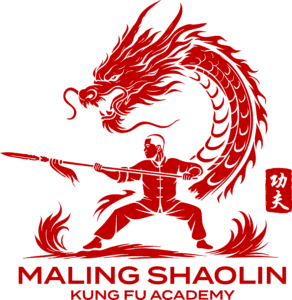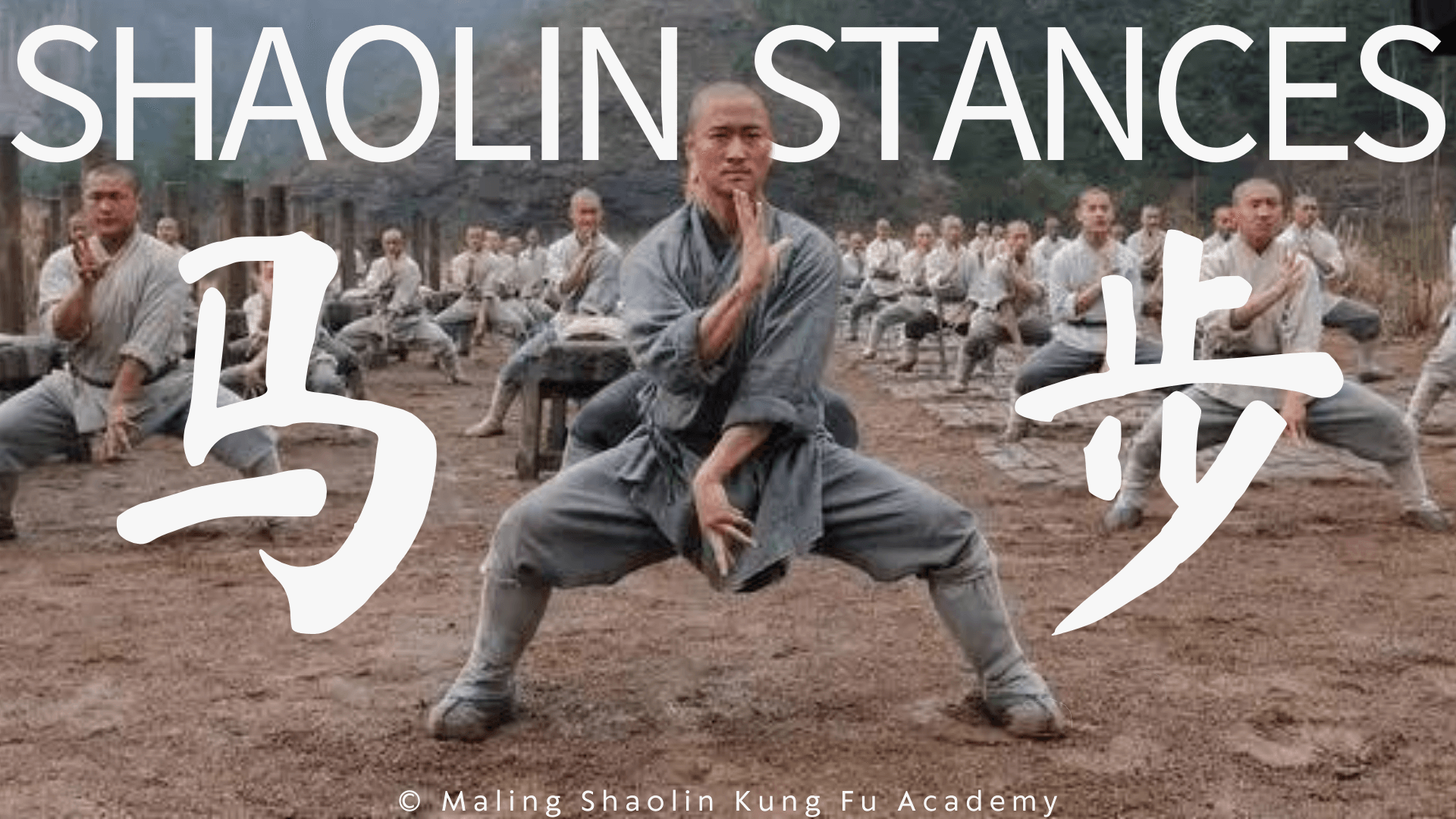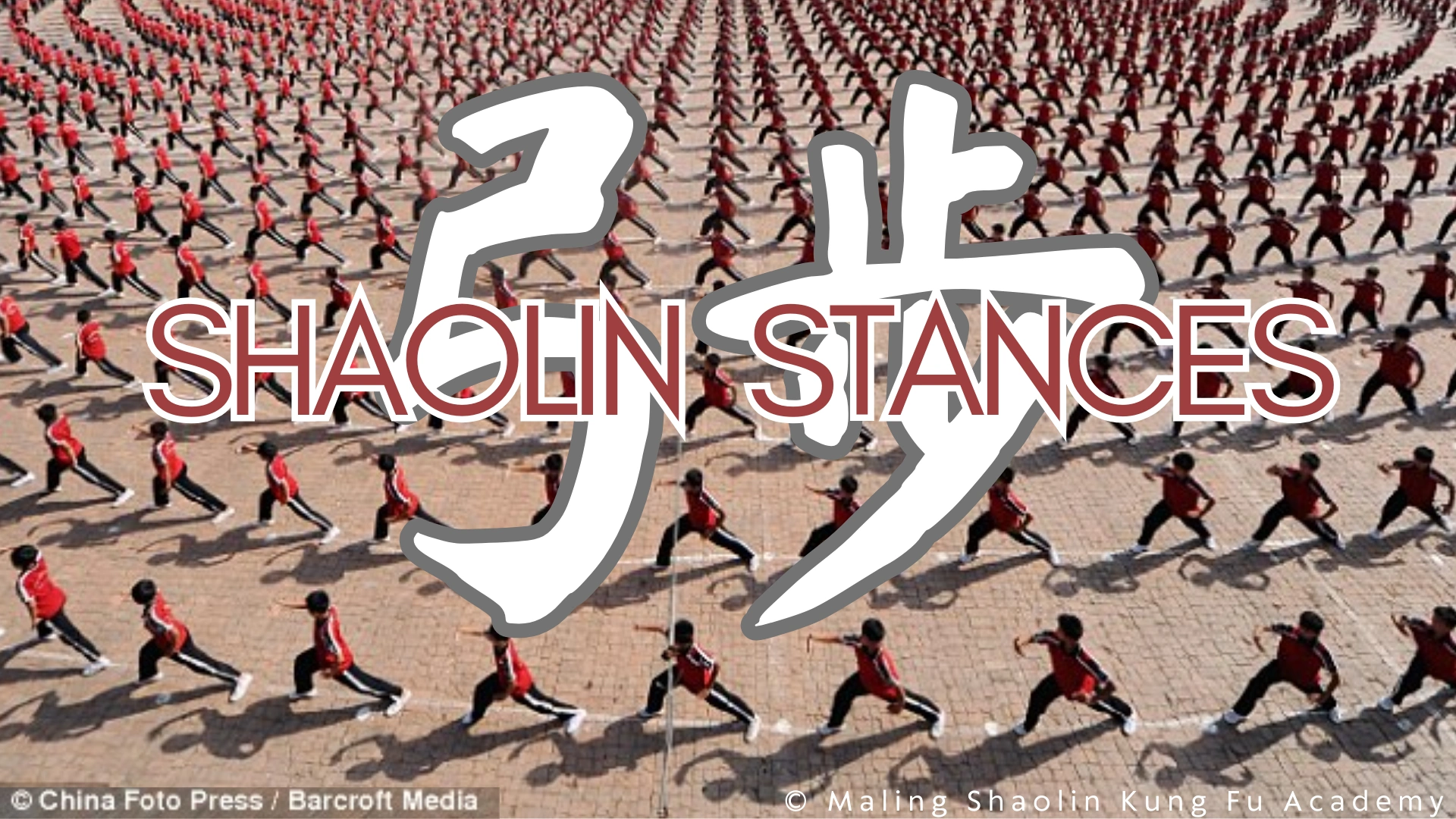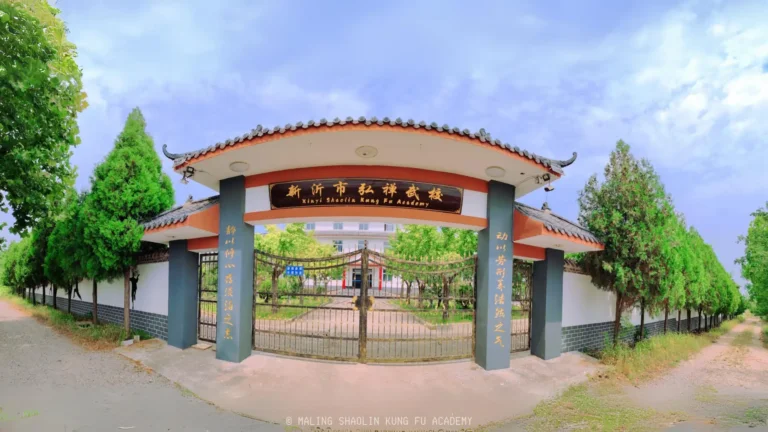The Resting Stance (Xié Bù) in Shaolin Kung Fu: Foundation of Balance and Readiness
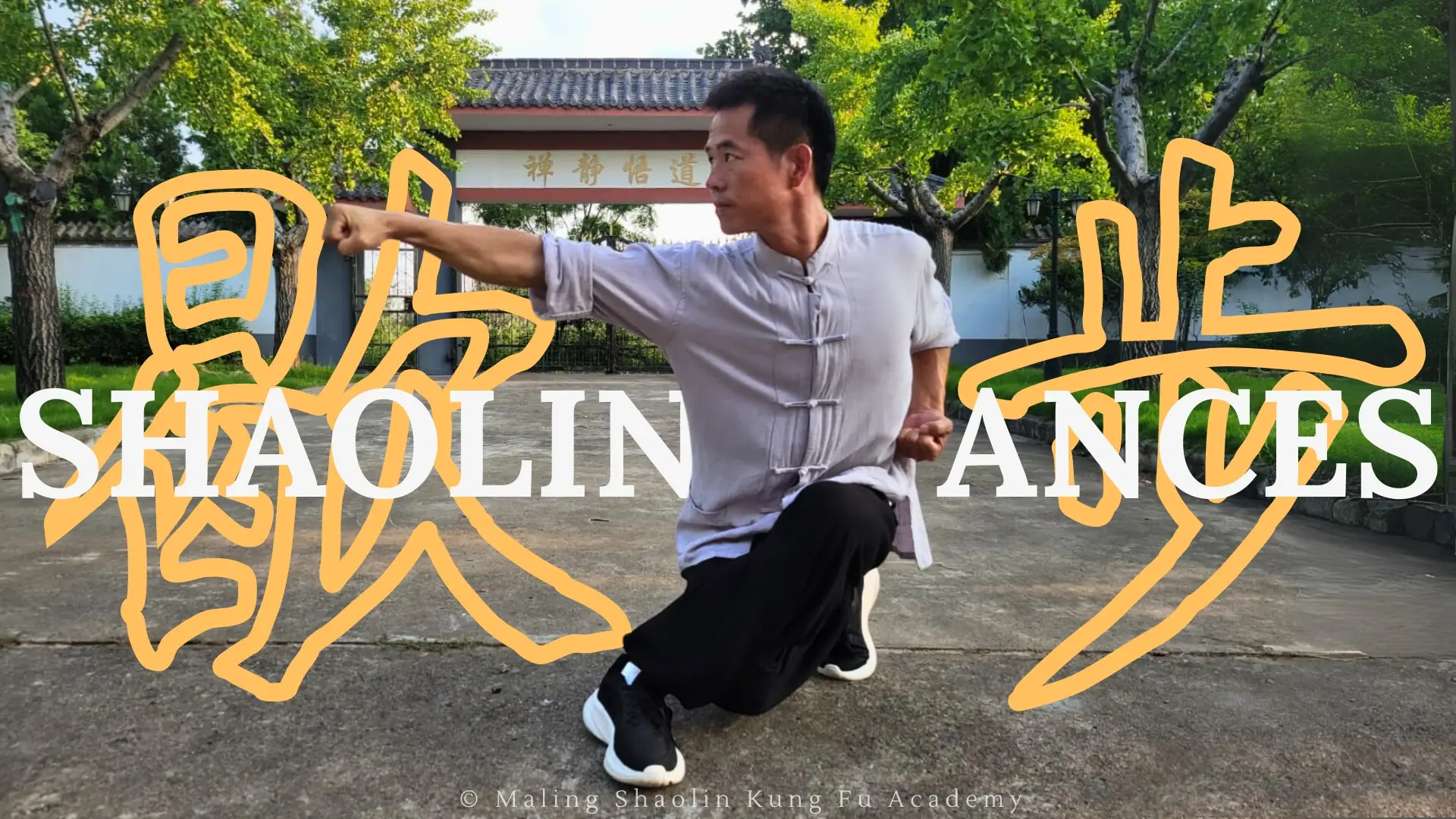
The Resting Stance, or Xié Bù (歇步), is one of the key transitional stances in Shaolin Kung Fu. Often overlooked by beginners due to its subtlety and relative ease compared to deeper, more strenuous stances, Xié Bù plays a vital role in linking movements, maintaining balance, and preparing the body for sudden directional changes. This article explores the origin, technique, and martial value of this often underappreciated stance.
Origins and Significance
The name “Xié Bù” literally translates to “Slanted Step” or “Oblique Stance.” Unlike the rooted and expansive Ma Bu or the dynamic Gōng Bù, Xié Bù is compact and diagonal, typically used as a resting or transitional position between movements. It reflects the fluid and adaptive nature of traditional Chinese martial arts—reminding us that stillness and control are just as important as power and speed.
In Shaolin training, Xié Bù is often one of the first stances used in forms after basic foundational postures have been established. Its design encourages practitioners to shift their weight, adjust their center of gravity, and move with grace and awareness. Though it may appear passive, Xié Bù is not a stance of weakness—it is readiness disguised as rest.
Technique and Execution
To perform the Resting Stance correctly, follow these steps:
Twist & Cross:
Stand with your feet one length of your foot apart. Twist your body around, crossing your legs as you go down.
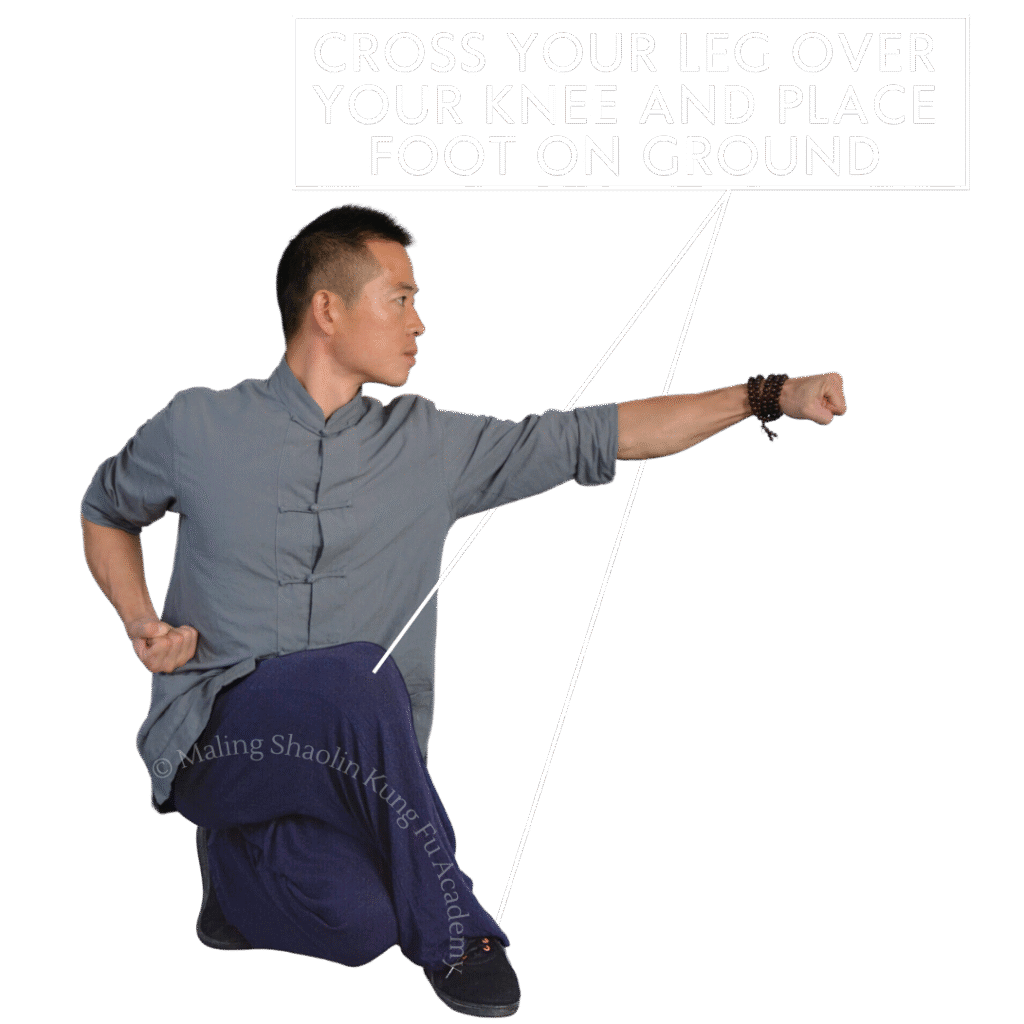
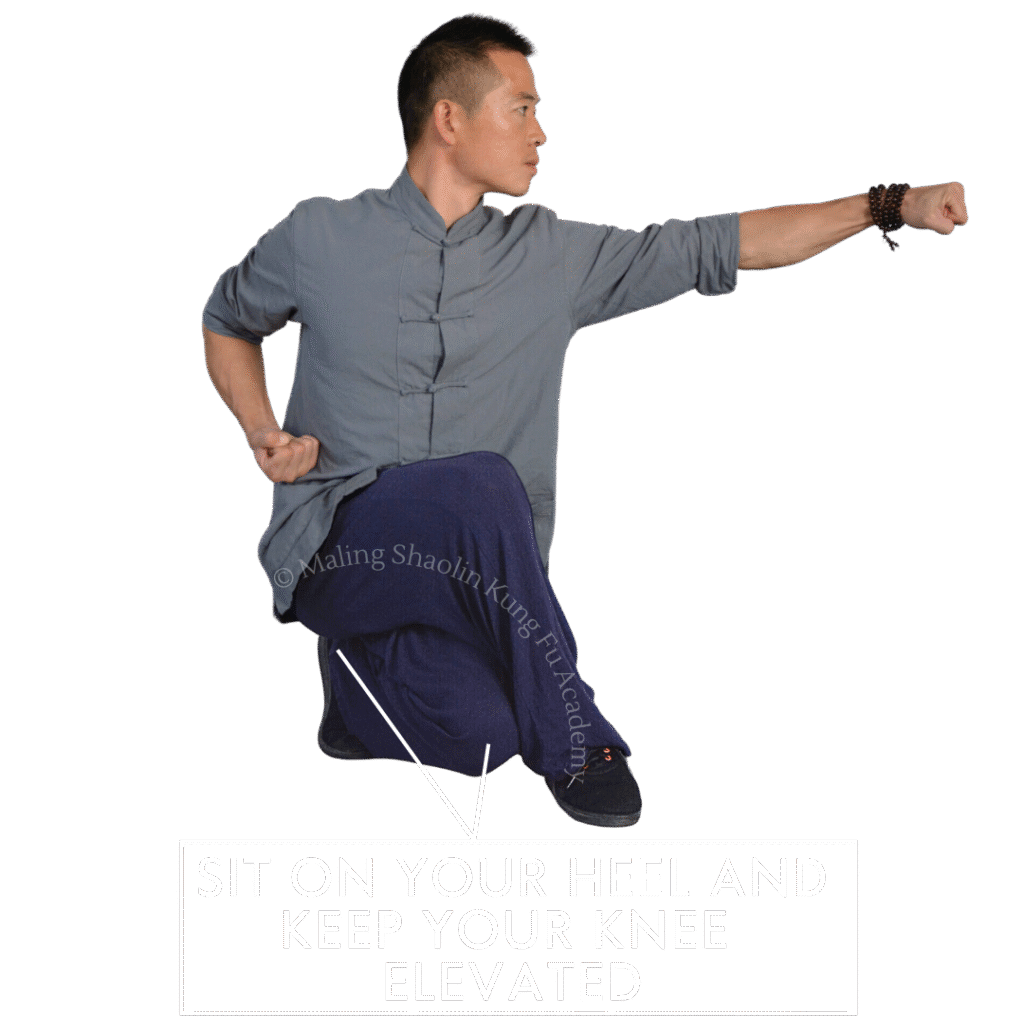
Sit & Balance:
Your legs should cross with no gap, leaning your weight to sit on your back foot. Keep your lower knee off the ground and your front foot planted firmly to maintain balance.
Posture:
Keep your back straight and your shoulders relaxed. For this version, make fists, keeping one at your side and one extended in a punch. Look towards the direction you are punching.
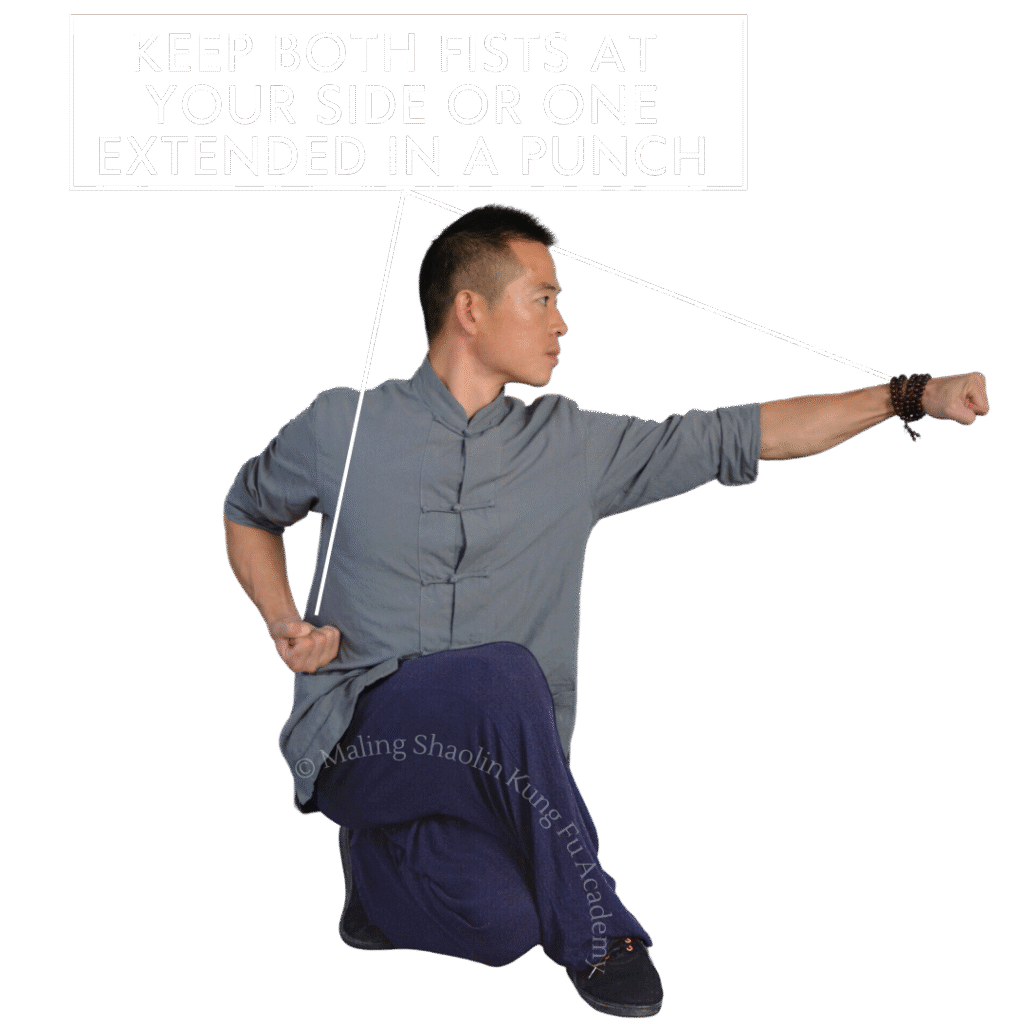
Hold the Position:
Maintain this stance until you feel completely balanced. Then stand by twisting up the same way you came down and switch sides and repeat. Although it’s called the “Resting” Stance, don’t treat it as a break. Think of it like coiling a spring—relaxed, but ready to explode into action. Train your transitions into and out of Xié Bù to be smooth and intentional.
TIP:
Many students find getting down into the rest stance difficult. Practicing and adjusting the correct distance between your feet before starting and ensuring your knee and foot placement when down will help to perfect your form and balance. But, if your hips and knees are very stiff, you may find it difficult to achieve the correct posture. To improve your rest stance try these exercises:

Butterfly Stretch: Sit on the floor with your back straight and the soles of your feet pressed together in front of you. Hold your feet or ankles and gently press your knees toward the floor using your elbows. You can lightly bounce (pulse) your knees or lean your upper body forward to deepen the stretch. This stretch targets the inner thighs and hips.

Side Lunge: Stand with legs wide apart and lower yourself, shifting your body weight to one leg. Get as low as possible and hold this pose. You can also gently pulse. This move is is very similar to the Low Stance (Pu Bu). Keep an eye out for a future article like this covering the Low Stance.
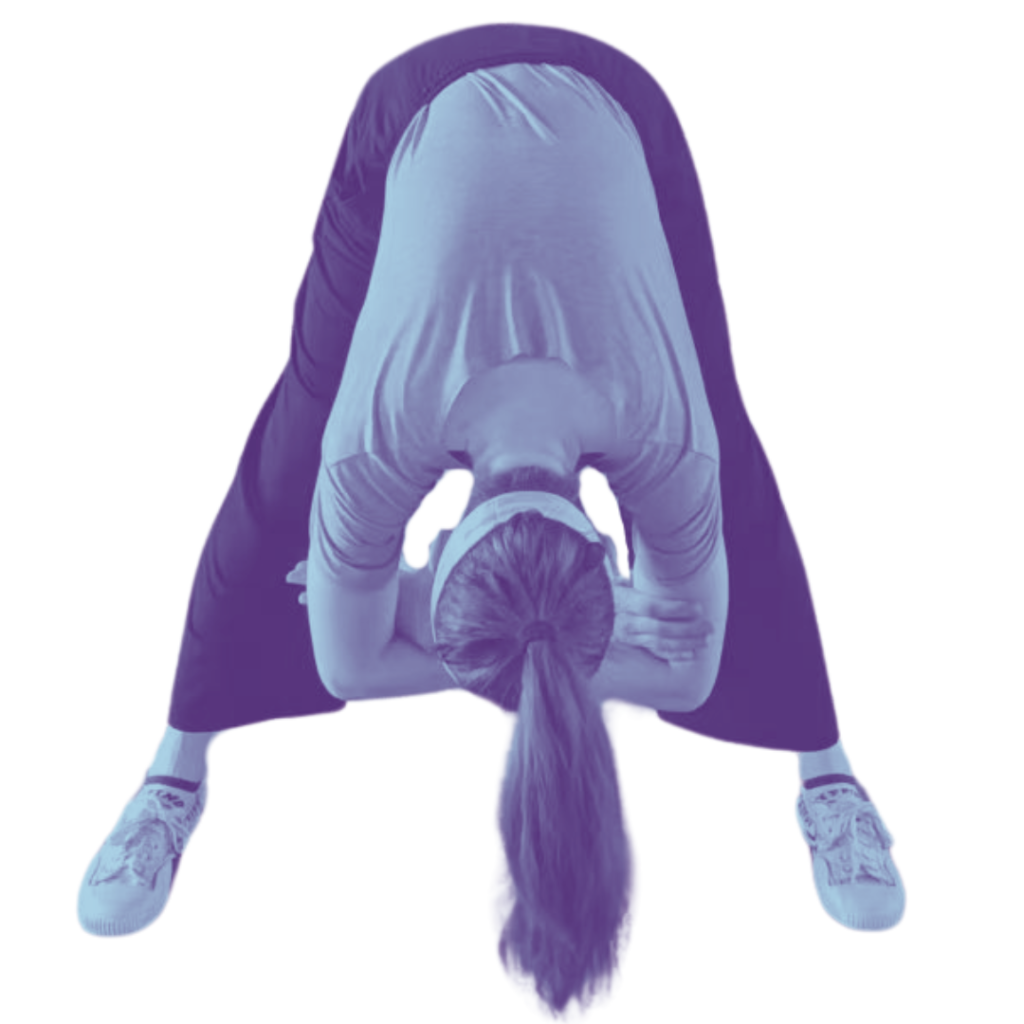
Hamstring Pulses: Stand with legs at least shoulder with apart (it can be wider), bend over as if to touch your toes but cross your arms. Gently pulse up and down; once you get into the rhythm of it your arms can create a forward scooping motion. You should feel the stretch primarily in your hamstrings and calf muscles, and subtly in your hips.
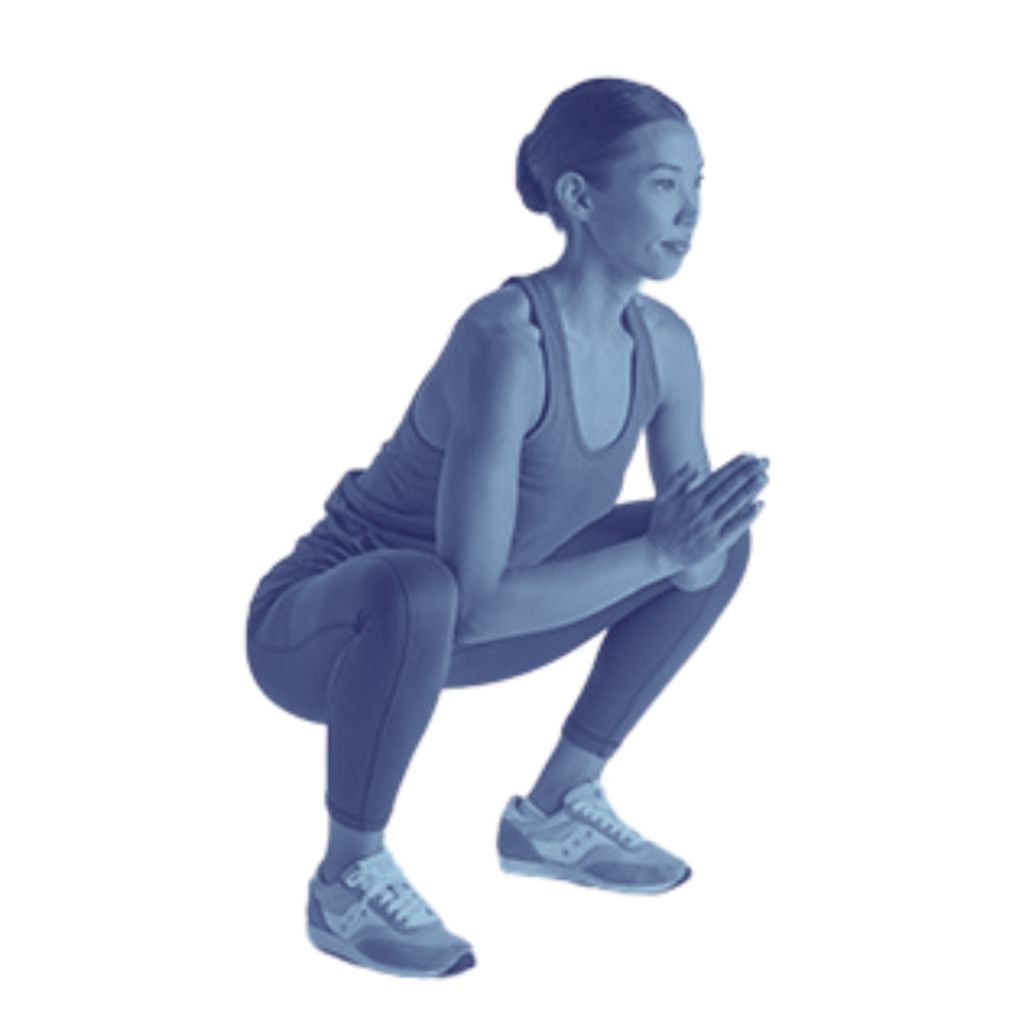
Deep Squats: To help improve your thigh strength, try regularly doing deep squats. When going down, lower your rear as close to the floor as you can before standing fully up, with hips forward. Try to keep your back as straight as possible and toes pointed forward.
Benefits of the Rest Stance
Though subtle, Xié Bù offers a range of martial and internal benefits:
- Balance and Centering: Its diagonal design helps develop balance during shifting movements, essential for evading attacks or pivoting into a counterstrike.
- Transitional Mastery: Xié Bù is used to transition between more demanding stances. Mastering it helps create smooth, flowing movement in both forms and sparring.
- Readiness and Responsiveness: The stance trains the practitioner to remain coiled and aware, emphasizing the principle of “moving from stillness” that underpins many traditional Shaolin techniques.
- Relaxation Within Engagement: Learning to maintain composure and alertness in a semi-relaxed stance builds the internal awareness crucial for martial artists.
Xie Bu in Shaolin Training

In Shaolin Kung Fu forms, Xié Bù is frequently used to set up follow-up movements—especially turns, spins, sweeps, and evasions. It allows the practitioner to realign their direction while maintaining stability. You’ll also often see it used after an explosive strike or kick, allowing the practitioner to “land” into the stance and recover their base.
Xié Bù is also commonly seen in sparring drills and flow training, where quick transitions between stances are critical. Because it requires less strain to hold than deeper stances like Pū Bù or Mǎ Bù, it serves as an effective placeholder stance to regain breath or reposition without losing rhythm.
Conclusion
Though it may appear modest, the Resting Stance (Xié Bù) embodies a profound lesson in martial arts: that readiness doesn’t always look like action. Xié Bù teaches the practitioner to stay grounded, centered, and adaptable—qualities essential not just in martial arts but in life itself. By incorporating Xié Bù into your training with mindfulness, you enhance your ability to flow, react, and move with purpose.
As you move through your stance training journey, never underestimate the power of the quiet moments. Sometimes, the strongest foundation is the one that waits patiently—ready to strike.
Check out Master Bao demonstrating the basic Shaolin stances:
See More From Our Shaolin Basic Stances Series:
The Stance Series: Horse Stance (Ma Bu)
The Horse Stance, or Ma Bu, is one of the most fundamental postures in Shaolin Kung Fu. Often considered the…
The Stance Series: Bow Stance (Gong Bu)
In Shaolin Kung Fu, stances are fundamental elements that serve as the foundation for various techniques and movements. Among these…
The Stance Series: Low Stance (Pu Bu)
The Low Stance (Pu Bu) is a fundamental position in Shaolin Kung Fu, emphasizing agility, flexibility, and balance. This stance…
